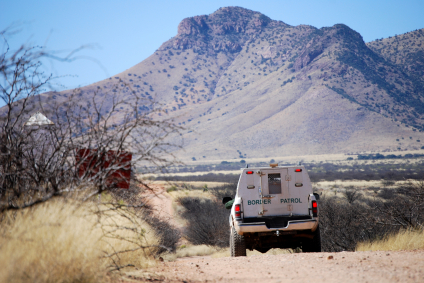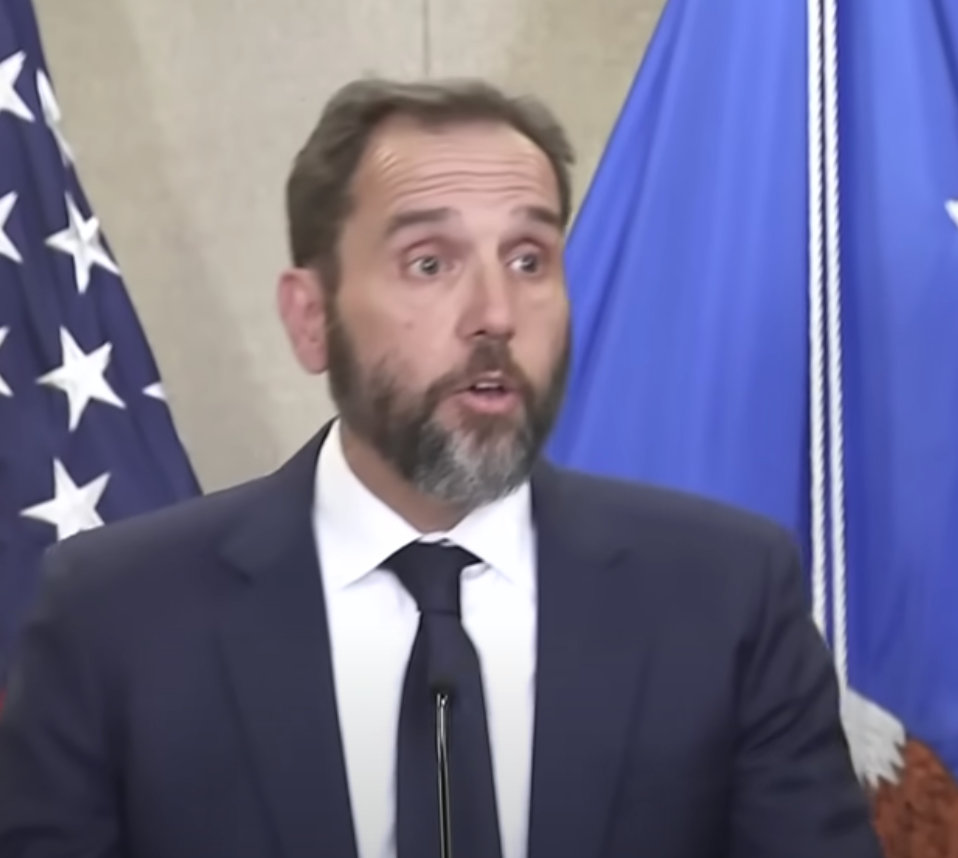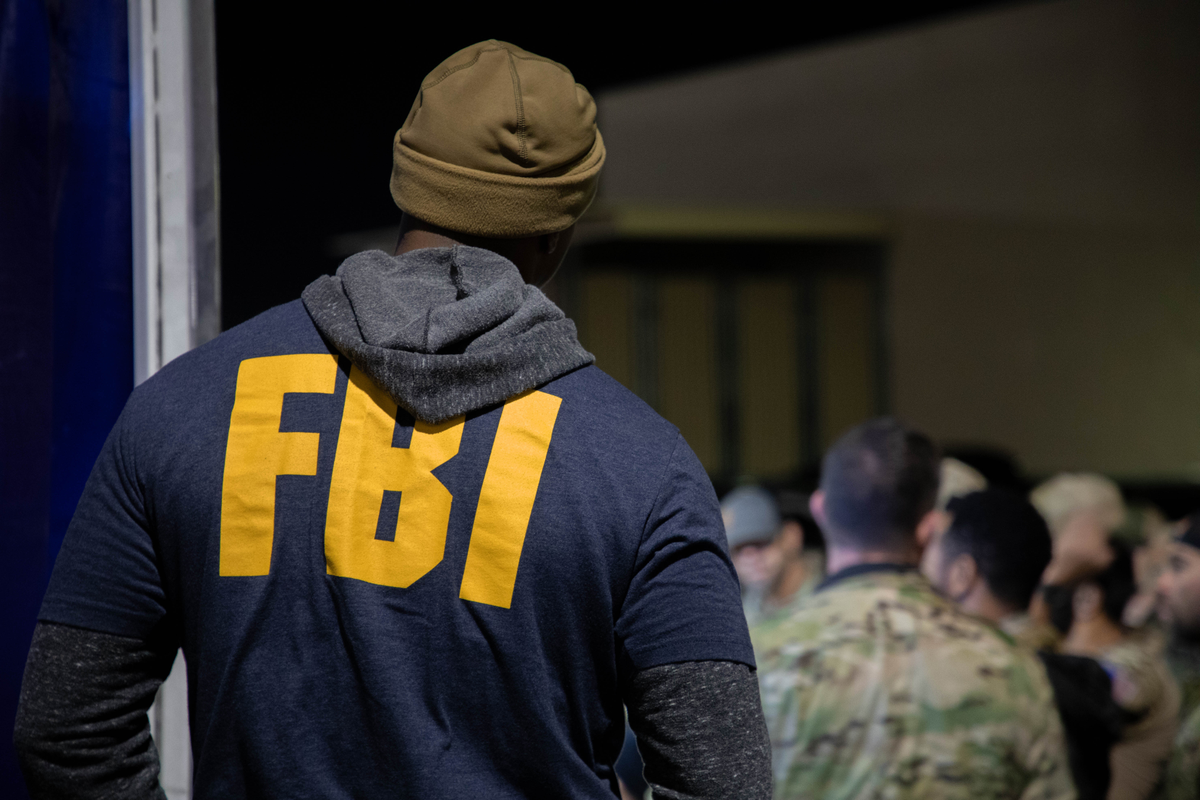In Big Bend National Park my husband, father, daughter and I stood on the banks of the yellow-green waters of the Rio Grande.
On our side – the US side – we planted our feet on a beach of cracked mud. On the other side, a 1,000ft cliff wall rose from the river to run left and right, as far as the eye can see. It was the sort of picturesque photo-op that National Parks are built for.
I pointed across the river and told my father: “That’s Mexico,” to which he replied: “Well if that’s Mexico, why does Donald Trump need to build a wall?”
The adults laughed at the joke and my three-year old asked if she could go potty – all of us unaware that we were in an area that is sometimes referred to as theborder zone.
I didn’t imagine that within the next six hours, I would be locked in a cell by US Border Patrol. My offense? I’m Canadian and I didn’t have my permanent resident card with me.
It began with a stop at the Border Patrol station approximately 80 miles north of the entrance to Big Bend, and just over 100 miles north of the Mexico–US border.
“You all American?” a Border Patrol agent asked.
“No, I’m Canadian!” I said cheerfully – not thinking that my answer would prompt furrowed brows.
“What’s your status?”
Another easy question, I thought. “Permanent resident.”
They asked for my permanent resident card – which I didn’t have with me. But I did offer my driver’s license and my university ID, neither of which were of interest to the agents. When my septuagenarian father identified himself as a Canadian citizen visiting from Montreal, he was asked for his passport. “I didn’t think I needed to carry it because we weren’t crossing any borders”, he said. “Why do I need it?”
I thought it was a good question.
My husband asked: “Do you need to see my ID?” The agent’s replied: “What for?”
It might be worth mentioning here that my husband is Italian-American, from New Jersey. I am a first-generation Canadian of Trinidadian-descent. My husband and I aren’t the same color.
In the mid-1990s, I moved to the US for graduate school before moving to Austin, Texas, in 2007. I was born and raised in Montreal – less than 50 miles from the Canada-US border and only a seven-hour drive to New York City. Growing up, my family made that drive countless times to visit relatives who lived in Brooklyn and Long Island.
In those days, we presented our passports and politely answered all of the questions asked of us. It was a routine that always occurred at the border – not in a border zone – which I didn’t know existed before I traveled within 100 miles of the frontier between Mexico and the US. Aside from the picture-worthy mesas, glimpses of roadrunners and a string of Rock Shops, the border zone is the thing you pass through when you leave a day of family-fun in Big Bend.
It took almost an hour, but the agents were able to confirm that my father had flown into the US, from Montreal, on a Canadian passport. Yet they could not verify that my permanent resident card had not expired. Three agents repeatedly explained that I am required to carry my permanent resident card with me at all times – a fact that I only became aware of in the border-zone. There, after an hour of circular-questioning, a bullet-proof-vested agent said: “Ma’am, we need you to step out of the car.”
To read more click here.






